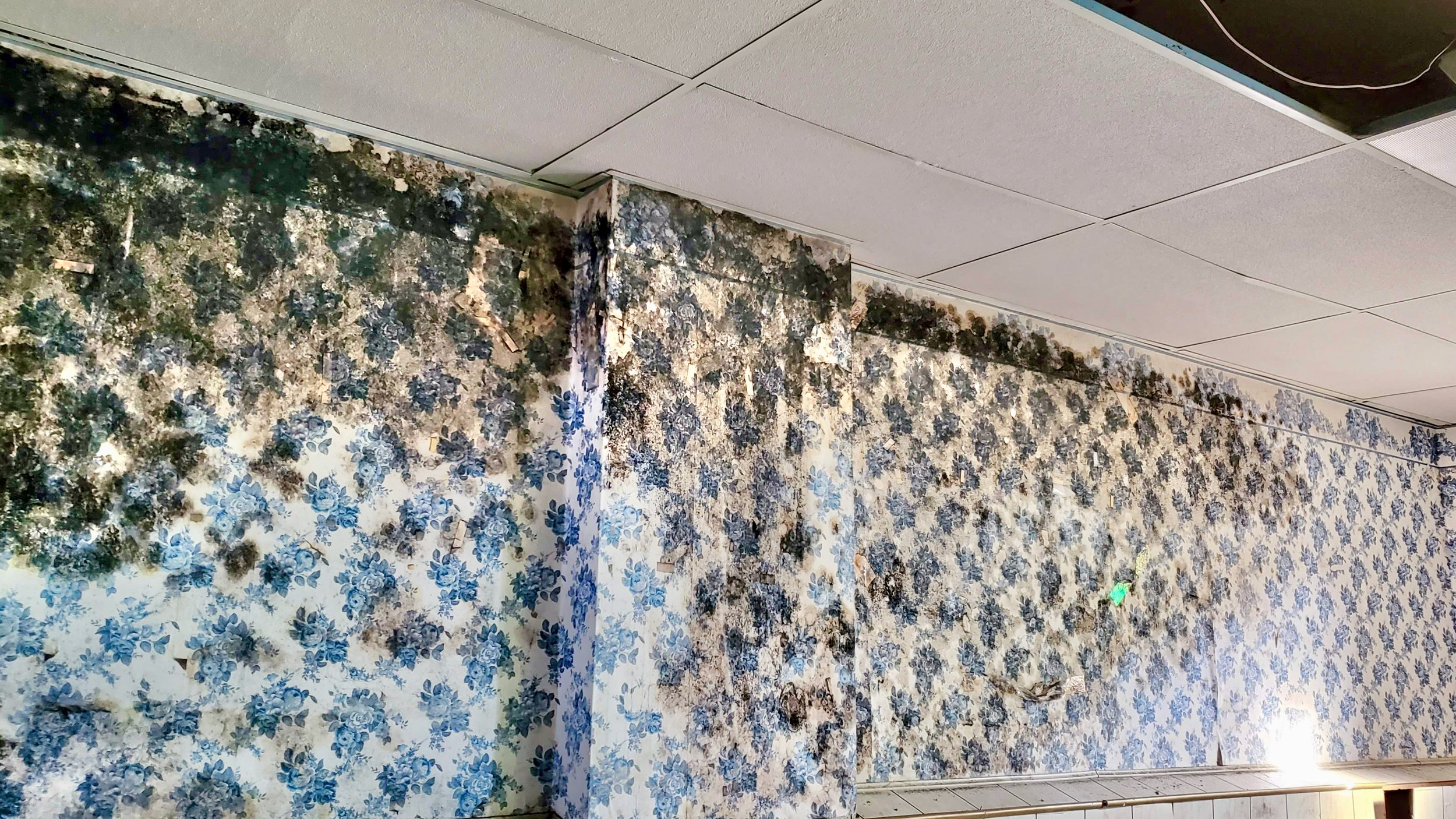Mold: A Hidden Threat in Our Homes
Mold can quietly take hold in Michigan homes—thriving behind drywall, under carpets, and in attics where moisture lingers. Because it’s often hidden, homeowners don’t notice until the smell hits or symptoms start.
Let’s look at how mold forms, why it’s dangerous, and how to prevent or remove it safely.
Why Mold Grows Indoors
Mold spores are everywhere, but they need three key ingredients to thrive:
moisture, warmth, and organic material like wood, paper, or fabric.
Once those align—after a leak, high humidity, or poor ventilation—growth can begin within 24–48 hours.
Common hidden mold spots:
Inside walls or insulation
Under carpets and baseboards
Around bathrooms, laundry rooms, or basements
Inside HVAC ducts
On attic sheathing or roof leaks
The Most Common Household Molds
There are thousands of mold species, but these are the ones most often found indoors:
Cladosporium — Black or green; common on wood, fabrics, and walls.
Aspergillus — Often yellow-green; thrives on food, paper, and dust.
Penicillium — Blue or green; grows on water-damaged materials.
Stachybotrys chartarum (Black Mold) — Dark, slimy, and toxic; found on soaked drywall and insulation.
How Mold Enters Your Home
Mold can enter your home through a variety of ways, including:
Open windows and doors: Spores drift inside on the air.
HVAC systems: Spread spores if the system is contaminated.
Leaks and water damage: Persistent moisture creates perfect growth conditions.
Building materials: Spores can hitch a ride on new construction materials.
Signs You May Have Hidden Mold
Look (and sniff) for:
Musty or earthy odors
Water stains on walls or ceilings
Discoloration or bubbling paint
Condensation on windows or vents
Allergies or congestion that improve when you leave home
Health Risks of Mold Exposure
Long-term mold exposure can affect anyone, but especially children, seniors, and people with allergies or asthma.
Possible symptoms:
Sneezing, runny nose, itchy eyes, or rashes
Wheezing, coughing, shortness of breath
Headaches or fatigue
Aggravated asthma or chronic sinus infections
If these symptoms ease up when you’re away from home, it’s worth scheduling a professional mold inspection.
How to Prevent Mold Growth
Control moisture: Fix leaks immediately and use dehumidifiers in basements or bathrooms.
Improve ventilation: Run exhaust fans while cooking or showering.
Keep humidity under 50%.
Clean regularly: Wipe down window sills, tile, and AC vents with mild detergent.
Inspect seasonally: Check attics, crawlspaces, and behind furniture for damp spots or discoloration.
When & How to Remove Mold
If you spot small mold patches (less than 10 sq. ft.), you can:
Clean non-porous surfaces with mild detergent and water.
Dispose of any porous items (like carpet or drywall) that stayed wet more than 24 hours.
For larger areas or recurring growth, it’s time to call a professional. Certified remediation teams use HEPA filtration, containment barriers, and safe disposal methods to ensure spores don’t spread.
Professional Mold Remediation in Macomb County
Adams Complete Cleaning & Restoration offers:
Certified IICRC mold remediation
Moisture source detection
Containment and removal
Post-treatment cleaning and prevention
We’re locally owned and serve Fraser, Sterling Heights, Warren, and all of Macomb County.
Our team responds 24/7 because mold—and water damage—won’t wait.
Call (586) 701-8412 or request a free inspection today.
Read about how to prevent mold damage >
FAQs About Mold In Your Home
-
A musty odor is usually the first clue. You may also see discoloration on walls, ceilings, or near baseboards.
-
Stachybotrys chartarum (black mold) appears dark, slimy, and grows on soaked materials like drywall or insulation. A professional test can confirm the type.
-
Yes. Hidden leaks or condensation inside wall cavities can allow mold to spread behind paint or wallpaper.
-
No. Many infestations are hidden. Musty smells, peeling paint, or worsening allergy symptoms are early indicators.
-
Small areas (<10 sq. ft.) on hard surfaces can be cleaned safely. Anything larger—or involving drywall, insulation, or HVAC—requires professional remediation.
-
Coverage depends on the cause. Sudden, covered water events (like a burst pipe) are often included; long-term humidity or neglect typically aren’t.

